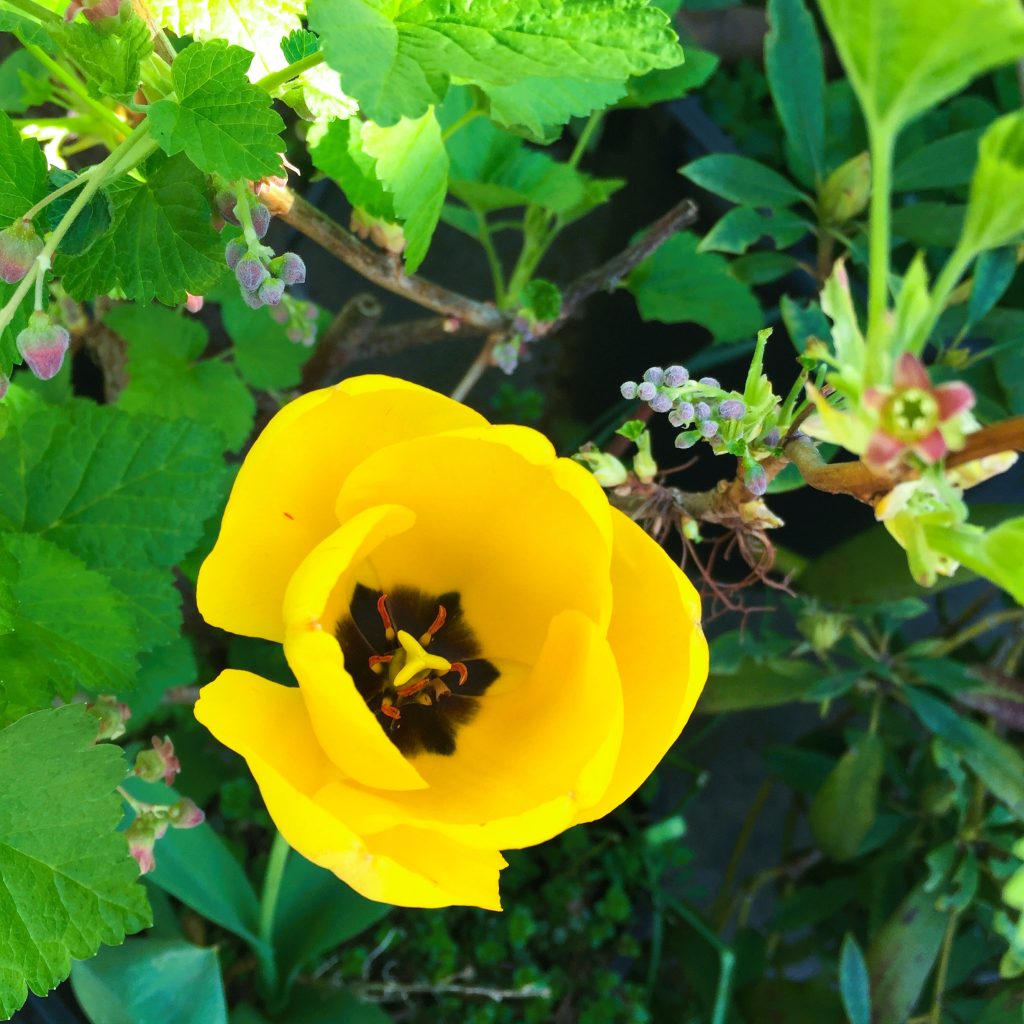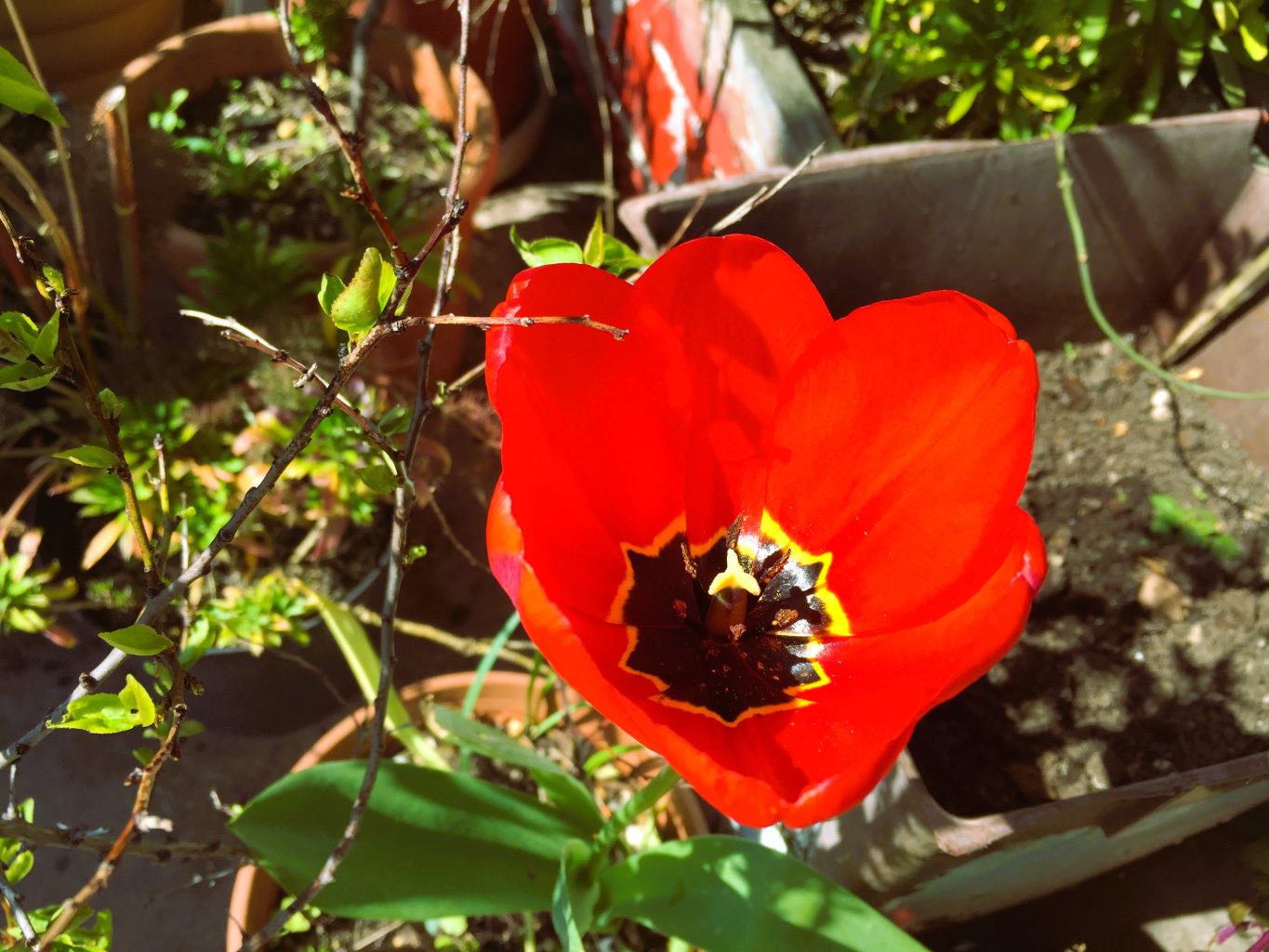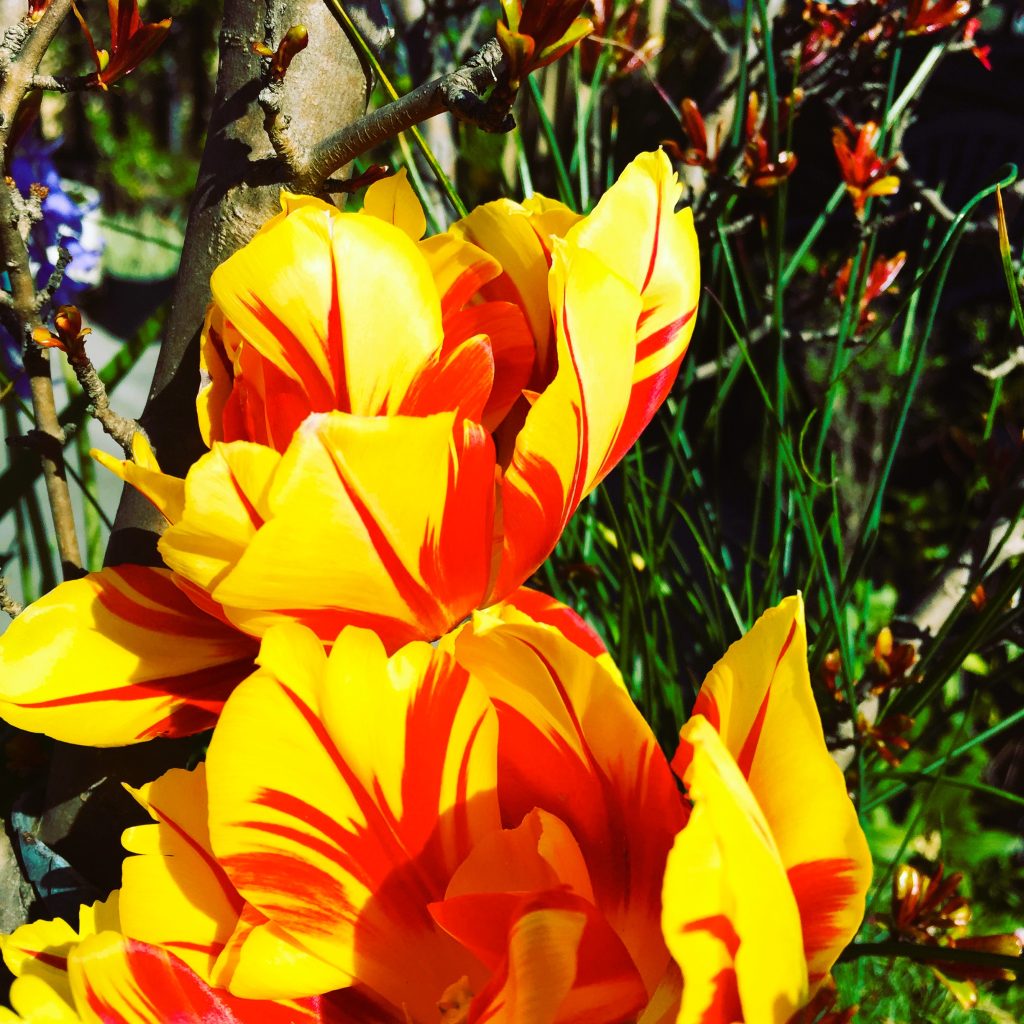Tulip (Tulipa spp.) Grow Guide
Overview:
Tulips are spring-flowering bulbs known for their vibrant colors and elegant shapes. Native to Central Asia, they thrive in temperate climates and are widely grown in gardens and containers.
Classification:
- Kingdom: Plantae
- Clade: Angiosperms
- Clade: Monocots
- Order: Liliales
- Family: Liliaceae
- Genus: Tulipa
RHS Hardiness Zone: H6 (hardy in most of the UK)
Flowering Time and Duration:
- Tulips typically flower from March to May, depending on the variety and climate.
- The blooms last between 1–3 weeks.
Planting Time:
- Best planted in autumn (September–November) before the first hard frost.
Soil Requirements:
- Well-drained, fertile soil with a neutral to slightly acidic pH (6.0–7.0).
- Heavy clay soil should be amended with sand or organic matter to improve drainage.
- Best soil type: Light, sandy, well-drained loam with good fertility.
Sunlight Requirements:
- Full sun (at least 6 hours of direct sunlight daily).
Planting Depth and Spacing:
- Plant bulbs 2–3 times their height deep (typically 10–15 cm / 4–6 inches).
- Space bulbs 10 cm (4 inches) apart for a dense display.
Watering:
- Water well after planting to encourage root development.
- Avoid excessive watering during dormancy to prevent rot.
Fertilizing:
- Apply a balanced bulb fertilizer or bone meal at planting time.
- Feed again in early spring when shoots emerge.
Mulching:
- A light mulch layer (such as straw or bark) can help insulate the bulbs over winter.
After Bloom Care:
- Deadhead spent flowers but leave the foliage to die back naturally, as it nourishes the bulb for next year’s growth.
- Once the foliage has yellowed, it can be removed.
Should They Be Dug Up and Stored?
- In warm climates where summers are wet, lifting and storing tulip bulbs can prevent rot.
- If replanting in autumn, dig up bulbs after foliage dies back.
- Dry bulbs in a cool, airy place before storing in a paper bag in a dark, dry location.
Pests and Diseases:
- Watch for tulip fire (Botrytis), bulb rot, and aphids.
- Good drainage and air circulation help prevent disease.
Naturalizing:
- Species tulips and some Darwin hybrids may perennialize and return each year.
- For naturalizing, choose well-draining locations where they can remain undisturbed.
Container Growing:
- Use deep pots with good drainage.
- Overwinter pots in a cool, sheltered location if necessary.
Companion Planting:
- Combine with daffodils, hyacinths, forget-me-nots, or wallflowers for a vibrant spring display.
Popular Varieties:
- ‘Apeldoorn’ (Darwin Hybrid) – Large red blooms, excellent for perennializing.
- ‘Queen of Night’ (Single Late) – Deep purple, almost black flowers.
- ‘Angelique’ (Double Late) – Soft pink, peony-like blooms.
- ‘Red Impression’ (Darwin Hybrid) – Bright red, reliable perennial.
- ‘Spring Green’ (Viridiflora) – White petals with green streaks, elegant and unusual.
Propagation:
- Tulips are primarily propagated through bulb division.
- After flowering, allow the foliage to die back naturally.
- Lift and separate offsets (small bulbs) from the parent bulb.
- Store offsets in a cool, dry place over summer and replant in autumn.
- Tulips can also be grown from seed, but this method takes several years to produce flowering plants.








